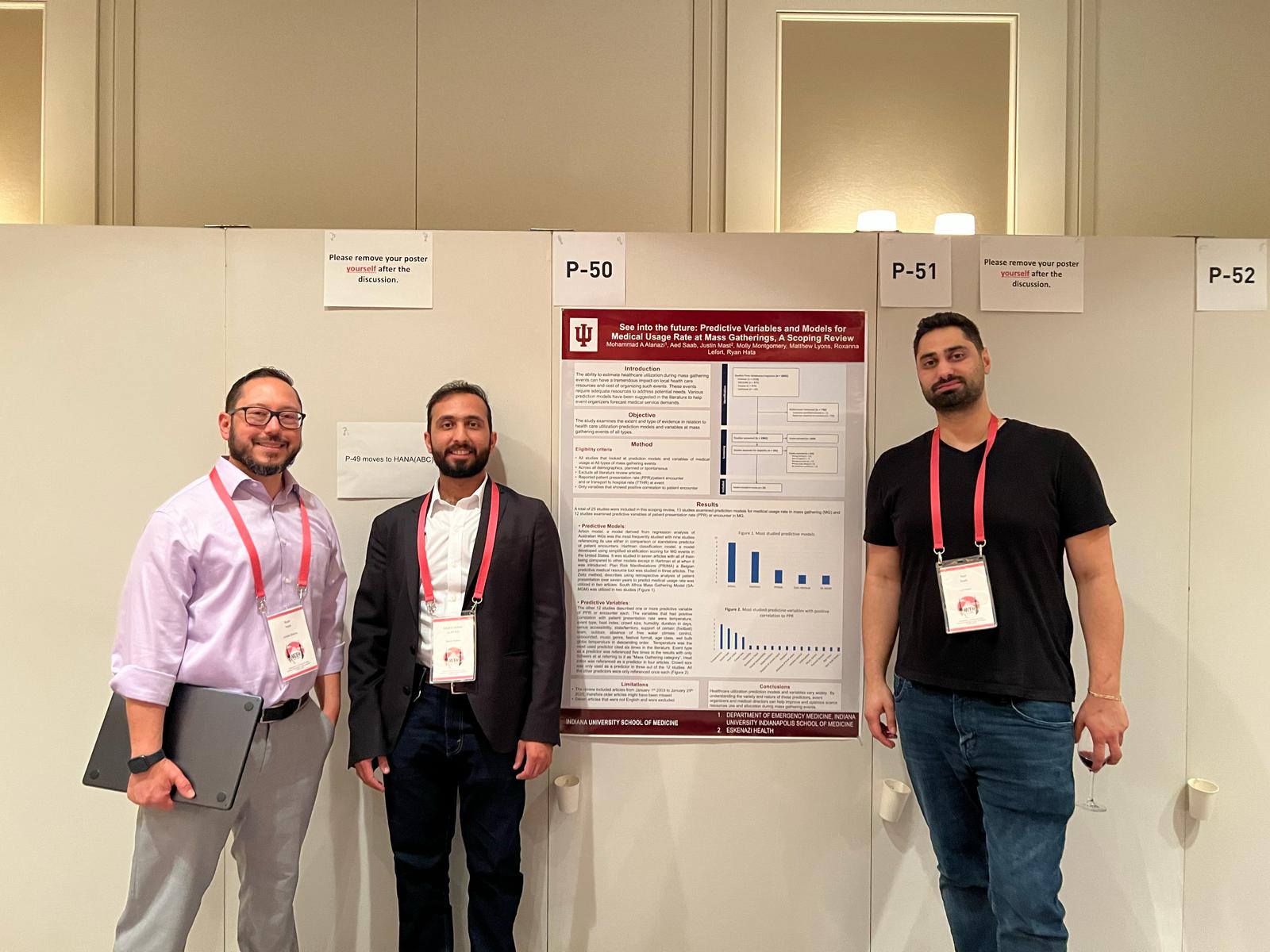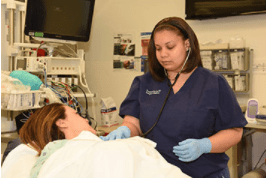- BDLS/ADLS/Instructor Course
- FEMA 100, 200, 300, 700, 800
- Homeland Security trainings
- A variety of courses decided between fellow and program director from the Center for Domestic Preparedness, Emergency Management Institute, and National Training and Education Division
- FEMA National Preparedness courses
- Disaster Day educator for PA students
- Education for emergency medicine residents (Disaster Day at Muscatatuck Urban Training Center, tabletop exercise with simulation faculty and fellows, Grand Rounds lecture)
School, hospital and community roles:
- Co-instructor for the disaster medicine elective through the IU School of Medicine (for third and fourth year MD students) offered monthly
- Member of the emergency management team at Eskenazi Hospital, disaster specialist
- Member of the emergency management team at Riley Hospital for Children, disaster specialist
- Member of the emergency department emergency management sub-committee at Riley Hospital, disaster specialist
- Clinical advisor for Indiana District 5 Emergency Preparedness Healthcare Coalition
- Volunteer with Red Cross Indiana Region



